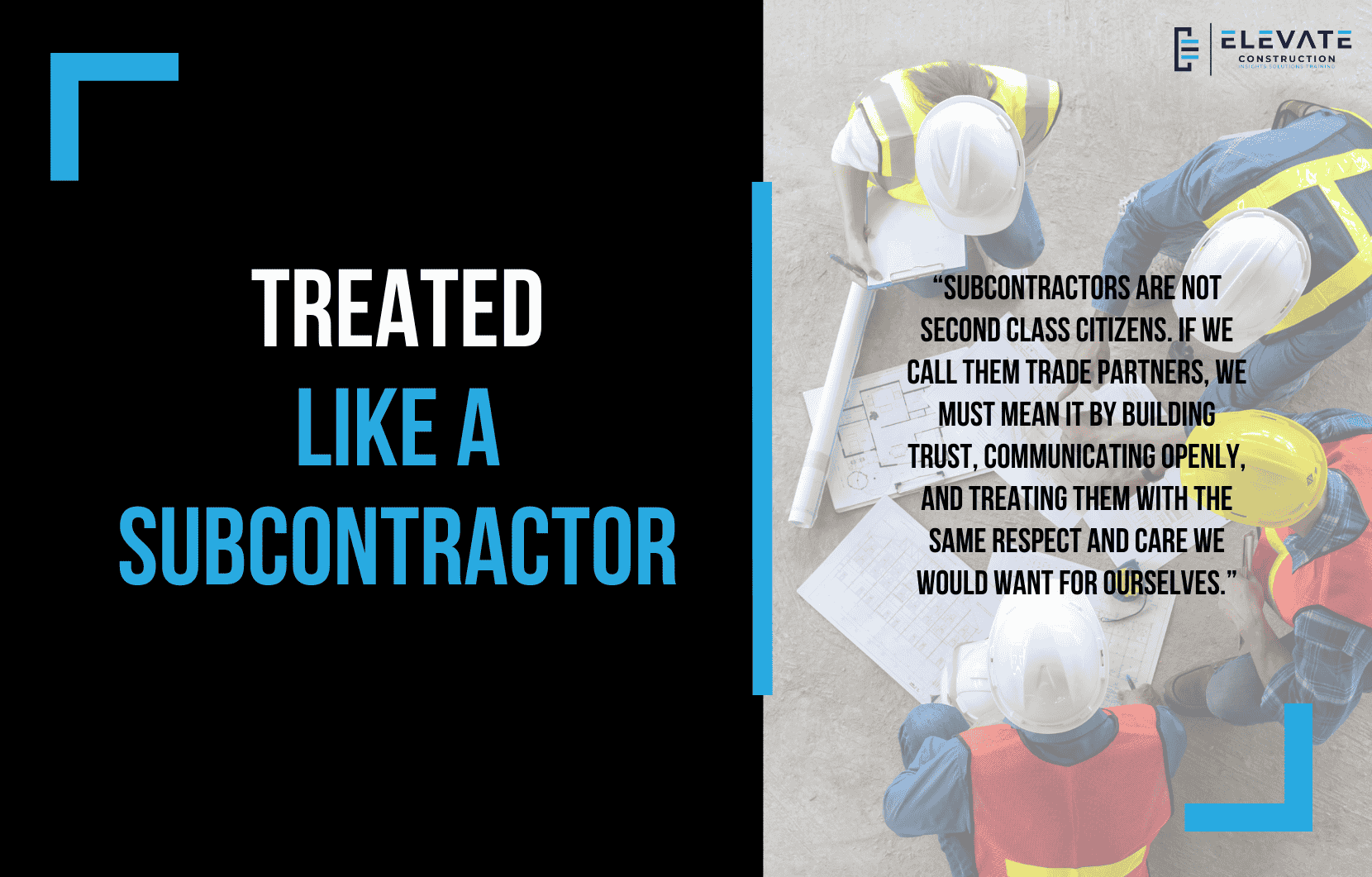Understanding Risk and AIA Contract Documents: My Conversation with Luke Diorio
In this episode, I sit down with Luke Diorio, Senior Vice President of Partnerships and Strategy at AIA Contract Documents, to talk about something that’s absolutely central to the success of every project: managing risk. We dive into Luke’s background and explore how AIA’s contract solutions help professionals create clear, effective agreements that protect everyone involved.
Luke brings years of experience from consulting, association leadership, and strategic product development. At AIA Contract Documents, his focus is on delivering value through industry-standard contracts, agreements, and forms designed to manage risk across the life of a project.
The Importance of Risk Management
Luke made a great point: risk isn’t just a business term, it’s a reality we face in every area of life. In construction, managing risk means anticipating challenges, protecting people and materials, and making sure contracts are crystal clear.
AIA Contract Documents has been the industry standard for over 140 years. It started under the American Institute of Architects and now operates as a private business, with AIA still a key stakeholder. This shift allows them to be more agile and commercially focused while maintaining AIA’s strong industry leadership.
Katina: AIA’s New Contract Management Platform
One of the most exciting things we discussed was Katina, AIA Contract Documents’ new platform. Katina replaces the old ACD 5 system with something much more collaborative and intuitive. It helps project teams focus on the most important contract items, get them in front of decision makers faster, and address risks early.
For project managers, Katina allows them to act as the first line of review, flagging key issues and passing only the unresolved ones to legal or risk management. This saves time, avoids bottlenecks, and keeps projects moving forward.
Flexibility and Customization
AIA’s contracts aren’t rigid templates, they’re starting points. With a subscription, you can customize them for your project’s needs. That might mean adding Takt Planning into the schedule or adjusting clauses to address unique project risks.
Luke reminded me that contracting isn’t about “filling in the blanks.” It’s about thinking through terms like bonds, retainage, warranties, and delivery methods. Every choice shifts the balance of risk, and the right decisions can mean the difference between smooth progress and costly disputes.
Lessons from the Field
Luke has seen AIA contracts used on everything from small home renovations to massive projects like the Caesars Superdome. No matter the size, the same principles of risk management apply and that’s what makes these tools so versatile and valuable.
A Challenge to the Industry
Luke left us with a challenge: take risk management seriously. The most successful projects distribute risk fairly, rather than piling it onto one side. This balanced approach builds trust, encourages collaboration, and leads to better outcomes for everyone.
Key Takeaway:
Risk is part of every project, but the right tools, processes, and mindset can keep it under control. Contracts aren’t just paperwork, they’re a critical part of delivering safe, successful, and profitable projects.
If you want to learn more we have:
-Takt Virtual Training: (Click here)
-Check out our YouTube channel for more info: (Click here)
-Listen to the Elevate Construction podcast: (Click here)
-Check out our training programs and certifications: (Click here)
-The Takt Book: (Click here)
Discover Jason’s Expertise:
Meet Jason Schroeder, the driving force behind Elevate Construction IST. As the company’s owner and principal consultant, he’s dedicated to taking construction to new heights. With a wealth of industry experience, he’s crafted the Field Engineer Boot Camp and Superintendent Boot Camp – intensive training programs engineered to cultivate top-tier leaders capable of steering their teams towards success. Jason’s vision? To expand his training initiatives across the nation, empowering construction firms to soar to unprecedented levels of excellence.
On we go










